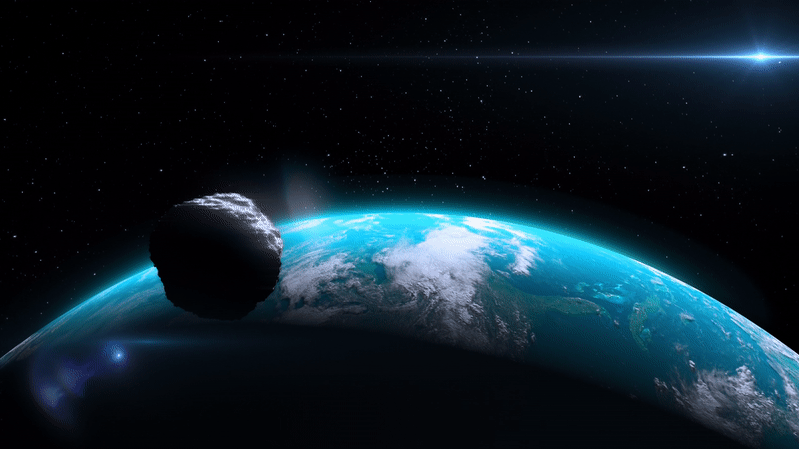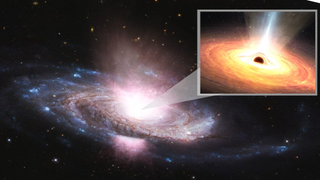
Robert Lea
Robert Lea is a science journalist in the U.K. whose articles have been published in Physics World, New Scientist, Astronomy Magazine, All About Space, Newsweek and ZME Science. He also writes about science communication for Elsevier and the European Journal of Physics. Rob holds a bachelor of science degree in physics and astronomy from the U.K.’s Open University. Follow him on Twitter @sciencef1rst.
Latest articles by Robert Lea
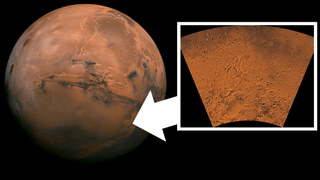
Life on Mars could have thrived near active volcanoes and an ancient mile-deep lake
By Robert Lea published
New evidence that Mars was volcanically active around 4 billion years ago could provide researchers with more places to hunt for signs of ancient life on the Red Planet.
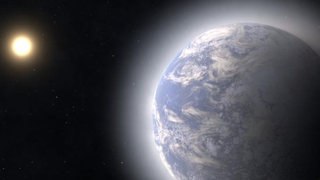
The mystery of the missing super-Earths and mini-Neptunes may finally be solved
By Robert Lea published
Our universe's lack of super-Earths or mini-Neptunes could be caused by some planets migrating toward the hearts of their systems early on in their lives.
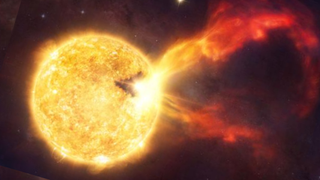
A star's extreme outburst could be tormenting baby planets
By Robert Lea published
A young star's extreme outburst could show us the violent conditions that may be experienced by planets, including those of the solar system, as they form in infant systems.
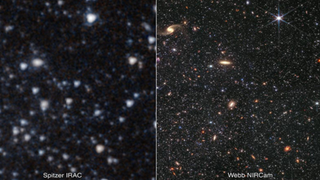
James Webb Space Telescope tracks a galaxy's history back to just after the Big Bang
By Robert Lea published
Using the James Webb Space Telescope astronomers have zoomed in on a dwarf galaxy in the Milky Way's local group to understand the ebb and flow of star formation since the early universe.
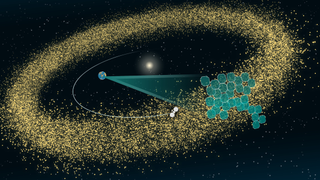
How Earth's new Rubin Observatory will usher in the next era of asteroid space missions
By Robert Lea published
The Vera C. Rubin Observatory won't ever leave Earth, but its big picture, highly detailed view of the solar system will inspire a new era of space missions destined to visit asteroids.
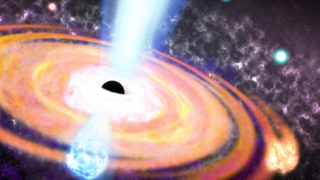
Did monster black holes or galaxies come first? The James Webb Space Telescope may have a surprise answer
By Robert Lea published
Observations of bright galaxies in the early universe could indicate that black holes were driving star formation and galaxy growth just 50 million years after the Big Bang.
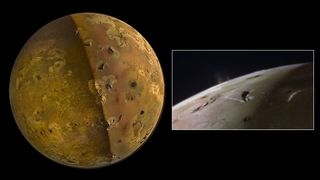
NASA's Juno probe sees active volcanic eruptions on Jupiter's volcanic moon Io (images)
By Robert Lea published
NASA's Juno spacecraft has seen Jupiter's volcanic moon Io like never before, catching active eruptions, lava flows, and a side to the solar system's most volcanic body not seen in 35 years.
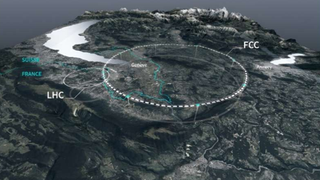
How the Large Hadron Collider's successor will hunt for the dark universe
By Robert Lea published
CERN has revealed further plans for the Future Circular Collider, which will dwarf the Large Hadron Collider in size and power to hunt for dark energy and dark matter.
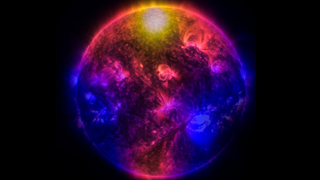
Upcoming solar maximum may help solve the sun's gamma-ray puzzle
By Robert Lea published
The upcoming solar maximum may help scientists solve the puzzle of why the sun's poles emitted ten times more high-energy radiation than expected during the last peak in activity.
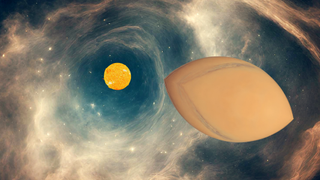
Surprise! Baby exoplanets might look like Smarties candies rather than spheres
By Robert Lea published
Infant exoplanets may not be spherical as astronomers have always assumed. Instead, they may be oblate spheroids, like the 'Smarties' candy found in Europe.
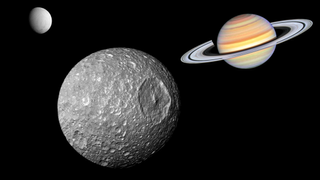
Saturn's 'Death Star' moon Mimas may have an ocean scientists never believed could exist
By Robert Lea published
Astronomers have made a shock discovery that Saturn's moon Mimas seems to have a liquid ocean beneath its surface, potentially redefining our search for life on alien moons.
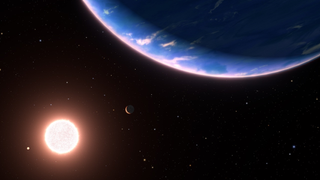
What's the forecast for Neptune-like exoplanets: Cloudy or clear?
By Robert Lea published
Do the Milky Way's most common planets, mini-Neptunes, have atmospheres filled with opaque clouds or a more transparent haze?
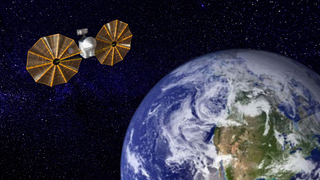
NASA's asteroid-hopping Lucy probe heads back toward Earth after acing crucial engine burn
By Robert Lea published
Thanks to a powerful engine burn on Feb. 3, NASA's asteroid-hopping Lucy spacecraft is on its way back to Earth for a Christmas-time rendezvous this year.
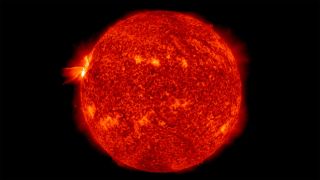
India's Chandrayaan-2 moon orbiter catalogs tons of mysterious solar flares
By Robert Lea published
Over the course of 3 years, Chandrayaan-2 observed thousands of mysterious, slow-building, ultra-hot solar flares as they erupted from the sun.
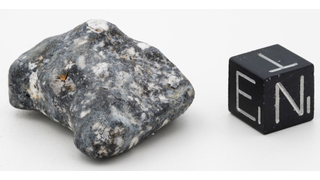
Asteroid 2024 BX1 fragments confirmed to be rare meteorites as old as the solar system itself
By Robert Lea published
When asteroid 2024 BX1 exploded over Earth it littered the planet with rare meteorites that are similar in composition to the unspoiled building blocks of our planet.
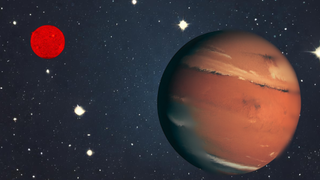
NASA exoplanet telescope discovers 'super-Earth' in its star's Goldilocks zone
By Robert Lea published
NASA's exoplanet-hunting spacecraft TESS has spotted a 'super-Earth' in the habitable zone of its red dwarf star, with indications it may have Earth-sized company.
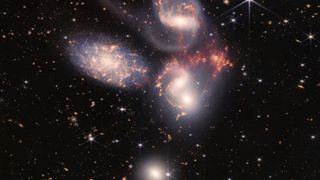
James Webb Space Telescope could target tiny bright galaxies to shine light on dark matter
By Robert Lea published
The James Webb Space Telescope could target tiny and bright galaxies in the early universe to unveil some secrets about the universe's most mysterious stuff, dark matter.
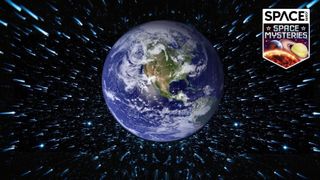
Where do cosmic rays come from?
By Robert Lea published
Space Mysteries High-energy particles from space constantly bombard Earth at near light speed, but what are their origins?
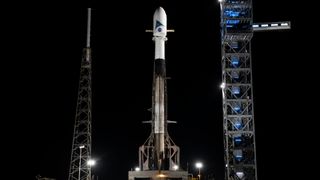
SpaceX rolls out Falcon 9 rocket to launch NASA's ocean-studying PACE satellite on Feb. 8 (photos)
By Robert Lea published
NASA experts spoke ahead of the launch of the ocean and atmosphere studying spacecraft PACE from Cape Canaveral Space Force Station early on Feb. 8.
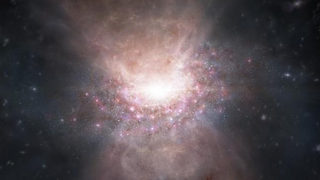
Scientists find black hole powering a molecular gas fountain in the ancient universe
By Robert Lea published
The ALMA telescope spotted a molecular gas outflow coming from a black hole-powered, 13-billion-year-old quasar, explaining why some galaxies stop forming stars.
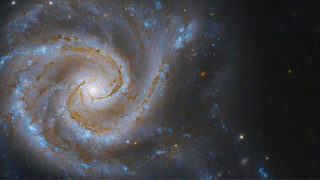
Hubble Space Telescope spots a cosmic 'tug of war' between galaxies that could lead to a collision (image)
By Robert Lea published
NASA's Hubble Space Telescope has observed a cosmic 'tug of war' between two galaxies that have lasted for tens of millions of years and could end in a collision.
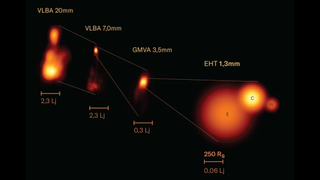
Event Horizon Telescope spies jets erupting from nearby supermassive black hole
By Robert Lea published
A nearby supermassive black hole is erupting, and astronomers spotted the outburst using the Event Horizon Telescope.
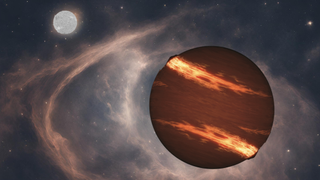
James Webb Space Telescope makes rare detection of 2 exoplanets orbiting dead stars
By Robert Lea published
The James Webb Space Telescope has directly imaged two exoplanets orbiting white dwarf stars. These systems offer a glimpse at the future of our solar system after the sun has died.
